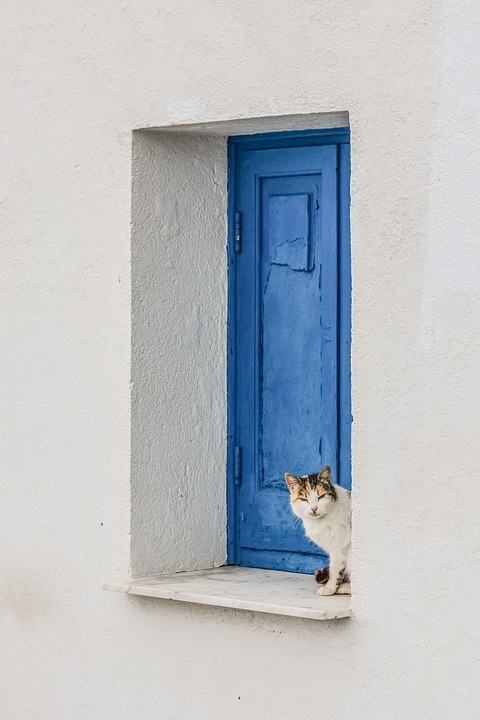Cat grooming is an essential part of their daily routine, but what happens when your feline friend becomes excessively vocal during this process? Excessive vocalization during grooming can be a sign of discomfort, anxiety, or even medical issues. In this article, we will delve into the reasons behind this behavior and provide you with effective strategies to address it, ensuring a stress-free grooming experience for both you and your cat.
Understanding Excessive Vocalization during Grooming
Excessive vocalization during grooming may vary in intensity and can manifest in different ways. It’s crucial to comprehend the underlying reasons behind this behavior to provide appropriate solutions. This section will explore the potential causes of excessive vocalization during grooming, such as:
1. Discomfort or Pain: Cats may vocalize when experiencing physical discomfort or pain while being groomed. This could be due to arthritis, skin conditions, or other medical issues.
2. Anxiety or Fear: Cats are known for their sensitivity, and grooming can sometimes trigger anxiety or fear. This may be particularly true for cats who haven’t been properly introduced to grooming or have had negative experiences in the past.
3. Overstimulation: Some cats become overwhelmed by the grooming process, especially during sensitive areas such as the belly or paws. Overstimulation can lead to vocalization as a way of expressing their discomfort.
Managing Excessive Vocalization during Grooming
Now that we understand the potential causes, let’s explore various strategies to manage excessive vocalization during grooming:
1. Gradual Desensitization: Introduce your cat to grooming gradually, starting with short sessions and gradually increasing the duration. This helps your cat acclimate to the process and reduces stress.
2. Positive Reinforcement: Associate grooming sessions with positive experiences by offering treats, praise, or playtime. This positive reinforcement helps create a positive association with grooming, reducing vocalization.
3. Use Gentle Techniques and Tools: Opt for soft, gentle brushes or combs specifically designed for cats. Avoid any tools that may cause discomfort or pain, as this can contribute to vocalization.
4. Distraction Techniques: Engage your cat with interactive toys or puzzles during grooming to divert their attention and make the experience more enjoyable. This can help minimize vocalization.
5. Seek Professional Help: If your cat’s excessive vocalization persists or worsens despite your efforts, consult a professional groomer or a veterinarian. They can assess your cat’s health and behavior to identify any underlying issues.
FAQs (Frequently Asked Questions)
1. Q: Is excessive vocalization during grooming normal?
A: Excessive vocalization during grooming is not necessarily normal and may indicate discomfort or anxiety. However, some cats are naturally more vocal than others.
2. Q: How can I tell if my cat is in pain during grooming?
A: Watch for signs of distress such as hissing, growling, or trying to escape. Cats in pain may also exhibit tense body language, flatten their ears, or show aggression.
3. Q: Can grooming-related vocalization be reduced through training?
A: Yes, with patience and positive reinforcement training, most cats can learn to tolerate grooming and reduce excessive vocalization.
4. Q: What if my cat becomes aggressive during grooming?
A: If your cat displays aggression during grooming, it’s best to consult a professional groomer or a veterinarian who can guide you in handling the situation safely.
5. Q: Are there any calming techniques that can help reduce vocalization during grooming?
A: Yes, using calming pheromone sprays or playing soft music during grooming sessions can help create a soothing environment and reduce vocalization.
Conclusion:
Excessive vocalization during grooming can be a challenging issue for cat owners, but understanding the underlying causes and implementing appropriate strategies can help manage and reduce this behavior. By employing gradual desensitization, positive reinforcement, and gentle techniques, you can create a stress-free grooming routine that promotes your cat’s overall well-being. Remember, if your cat’s vocalization persists or worsens, seeking professional guidance is crucial to ensure their health and happiness.








